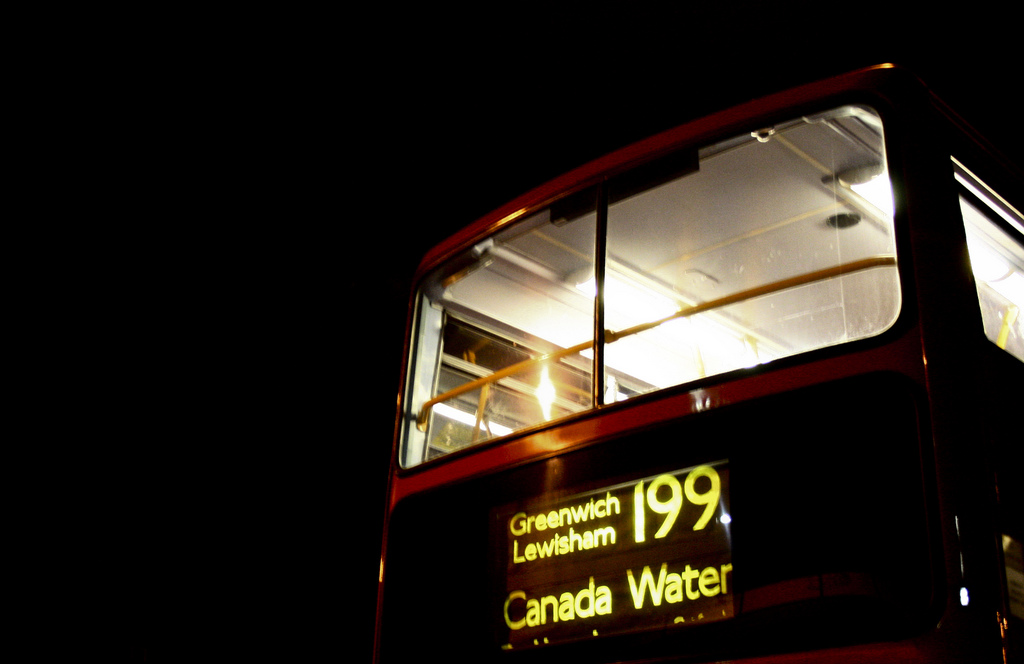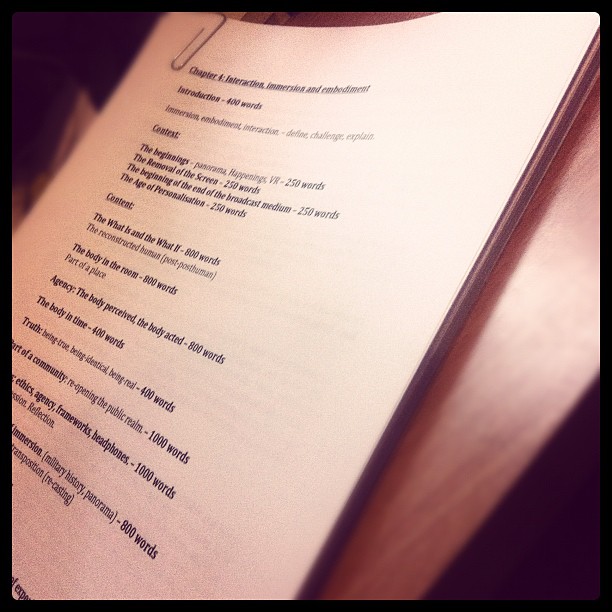

I am sat on a bus. Except I’m not. Because actually my charger broke for my phone a day ago. So when I’m having this thought, I’m on a bus. Even though right now, literally right now, I am sat on a patchwork quilt that took my mum 4 months to make with a slightly too hot soya hot chocolate next to me. But I am also sat on a bus. And I am thinking about heroes. I’m listening to a Radiolab episode. I managed to dig out an old phone that will hold audio even though I don’t have a sim card that will work for it and I don’t have the time to add anything but a single podcast before I run for the 225, earlier. I stand on the doorstep and watch the download icon swing to 360 degrees. I run. I run in that way that’s always not right because I’m not wearing running shoes and I worry it makes me look pathetic. I miss the 225, anyway. So I walk to Lewisham High Street instead and I intend on getting the 47 but I look at the orange lit sign and there’s a 199. I know the 199 will get me to the same place but it goes a slightly different way and that’s not the problem the problem is I haven’t got on the 199 since Tom broke up with me. Somehow, though, today that’s OK. I had my hair cut. I’m going to see some old friends from Leeds. I’m going to drink beer with people with accidental beards and proper consonants. So I flag it. I get on. And I sit in my usual seat, top deck front left. I decide not to waste the audio, and I read a book instead.
I am sat on a bus. Another one. This bus is 3 hours later and this time I wait longer than necessary but find a 225. I am sat on this bus and I am thinking about heroes. Radiolab is talking about Nihilism, and really it’s a philosophy that rankles with me. I struggle with it. It’s dirty. It says everything is mud, and aren’t we clever for writhing in it. Aren’t we clever for throwing it, we’re not making it worse. Look, I built a mudman out of it. Here, here’s a carrot for the nose. It touches on Dada, which I know enough about as I did a bit on it in my PhD, and then there’s Beyonce’s husband in the desert. I can’t remember his name when I write this. But apparently he’s in the desert with a denim jacket on that says something like ‘in the dust of this planet’ and they’re talking about the appeal of nihilism in an era of climate change. And then the costume designer, the costume designer who put Beyonce’s husband in the jacket, says that to her, for her, the jacket wasn’t about saying ‘there is nothing and that’s ok’, to her, it’s saying ‘there is nothing, and I am not afraid.’. For Jad Abumrad on radiolab that jacket is now about being a hero. And I think about the broken construct: hero. How I always want to be one. How the thing some of the best interactive theatre often shows me is that I’m good at leading but when I lead I’m not necessarily good. How when I daydream, it’s always me saving people. I dream of saving people I love but haven’t told yet from traffic. I dream of becoming an accidental viral image at a protest. I dream of saying a thing that will be whispered all around the country. And when I dream at night, I dream in the genre of apocalyptic, or mystic, or fantastic thriller. I’m always surviving, just, always fighting back, always escaping some half-known villain. Hero. Hero. Hero. And today I think “maybe that’s the last bit of Tomboy that I need to drop”, I think “heroes do not save us in the situations that face us, climate change cannot be solved by one person, or one state. Notions of collectivism always dissolve in the loss of the heroes who put it in place. Gamergate is founded on the fundamental notion: we are the heroes, not you.
I am sitting on a bus. And I am thinking about heroes. About how it’s time to let them go. How it’s time I stopped wanting to be one, and other people stopped waiting for them and we find a new way to tell stories, to listen to them, to be a part of them. And then I find my stop (Thornford Road), and get off. Walk home. I make myself a slightly drunken hot chocolate. I try to drink it. It is too hot. So I write this. Post it. Edit the mistakes. Click ‘update’.

